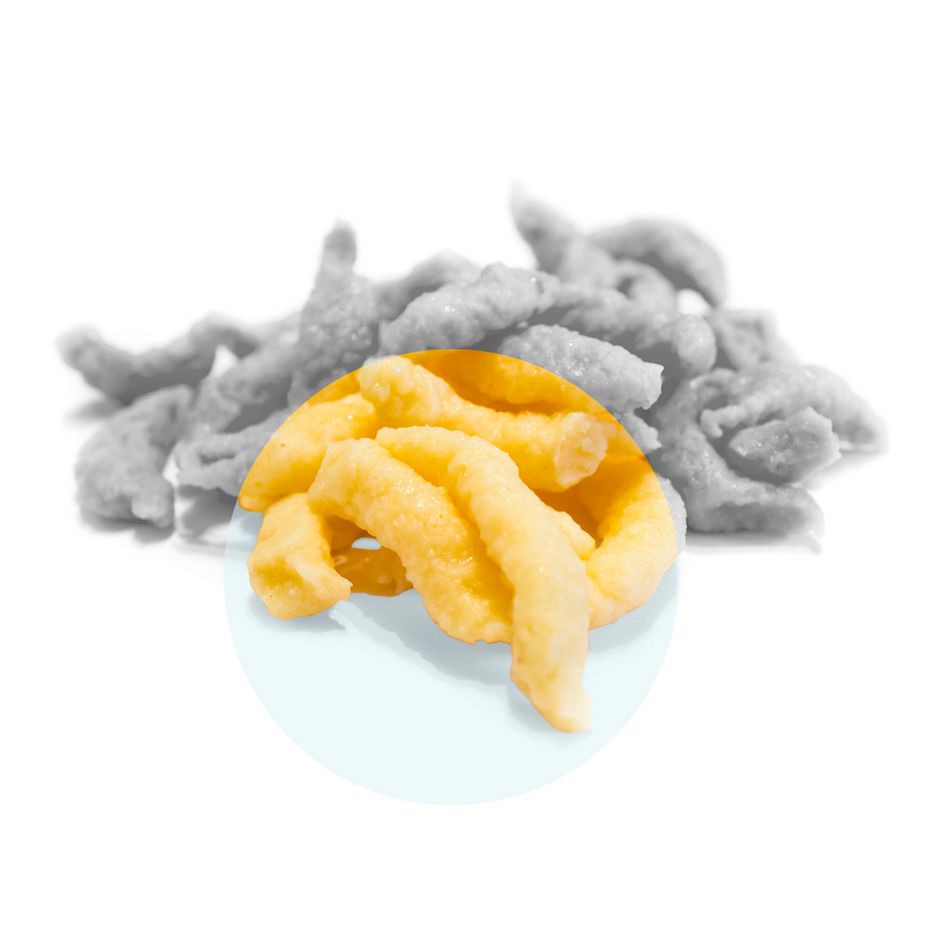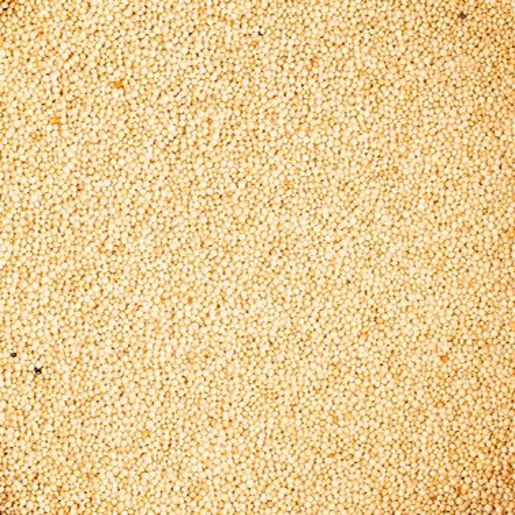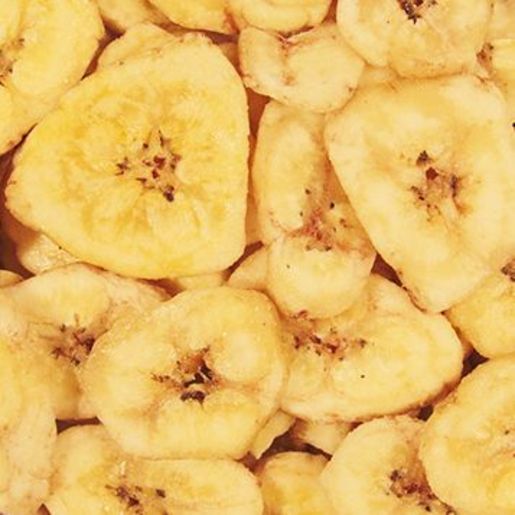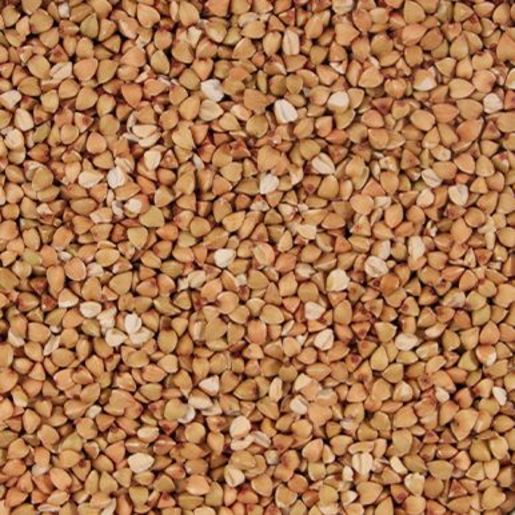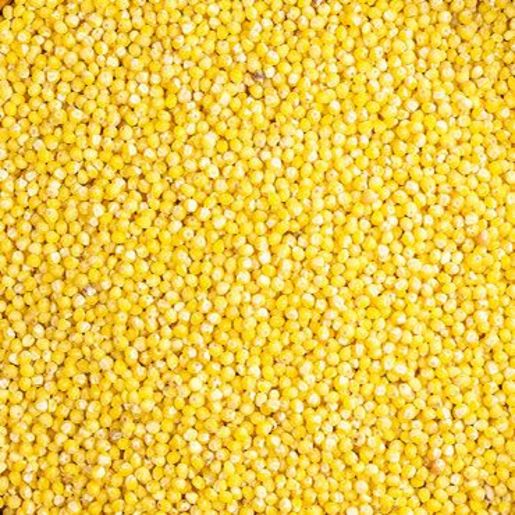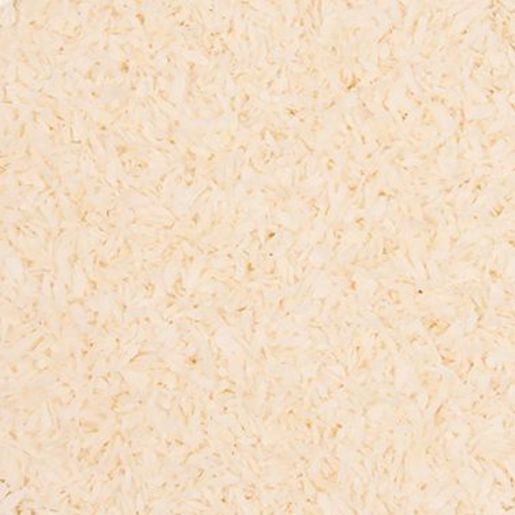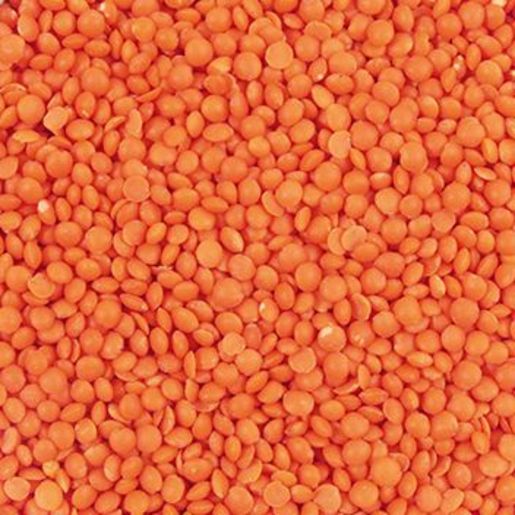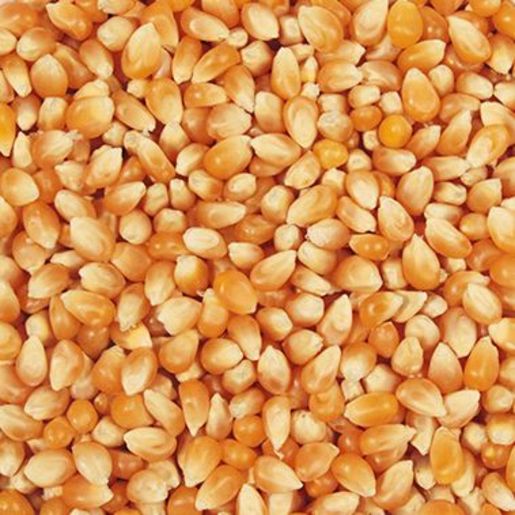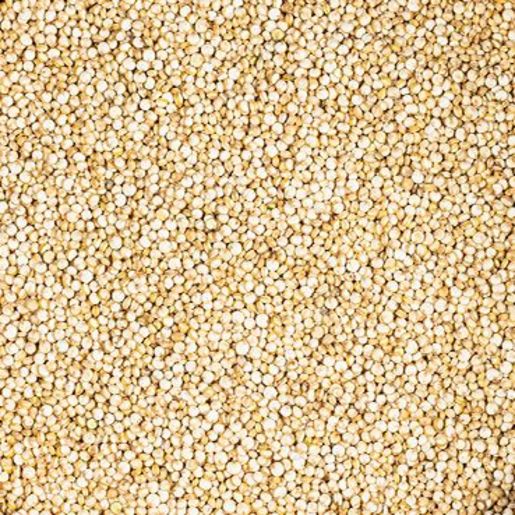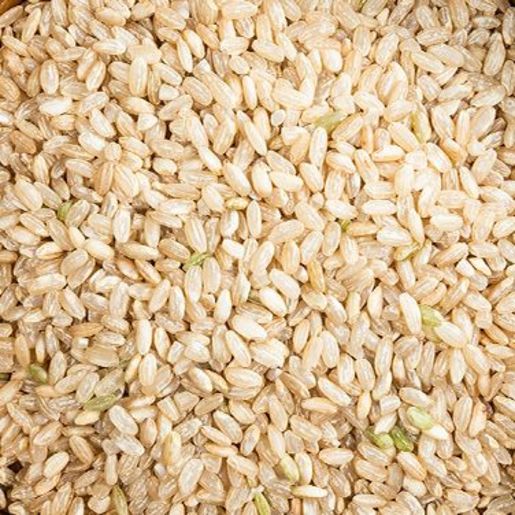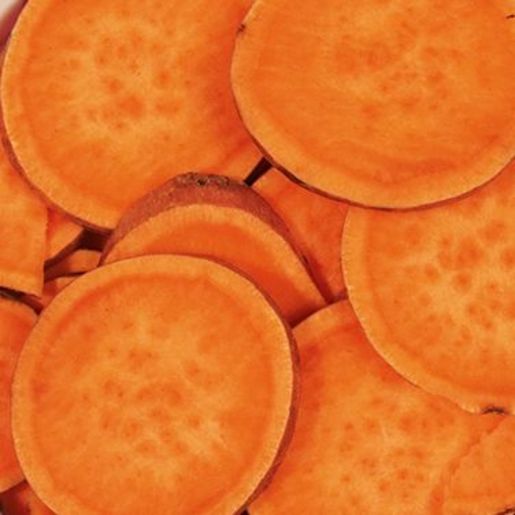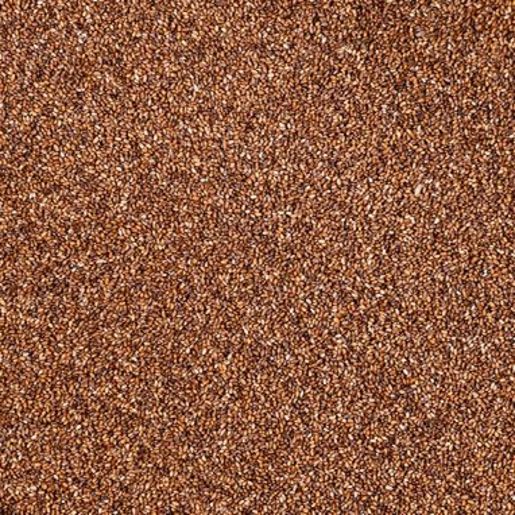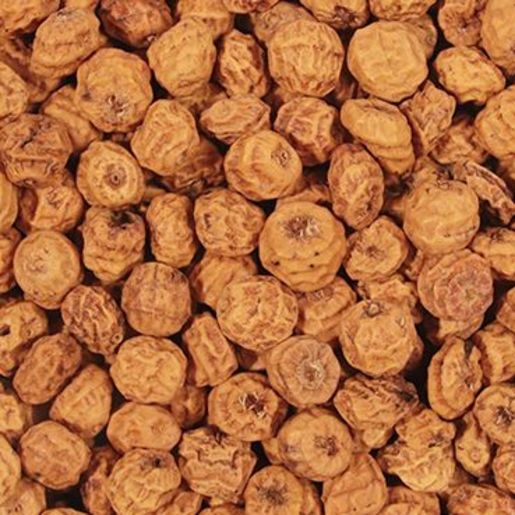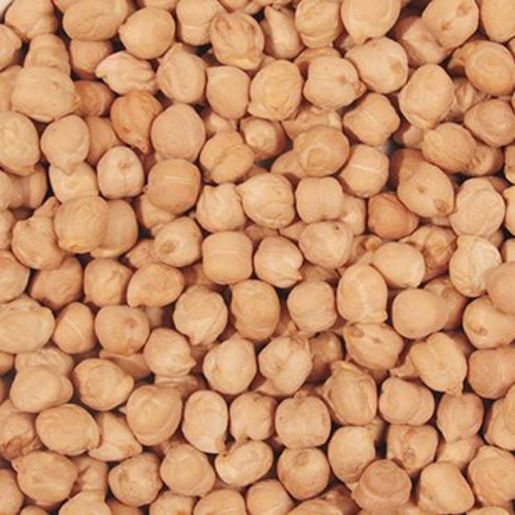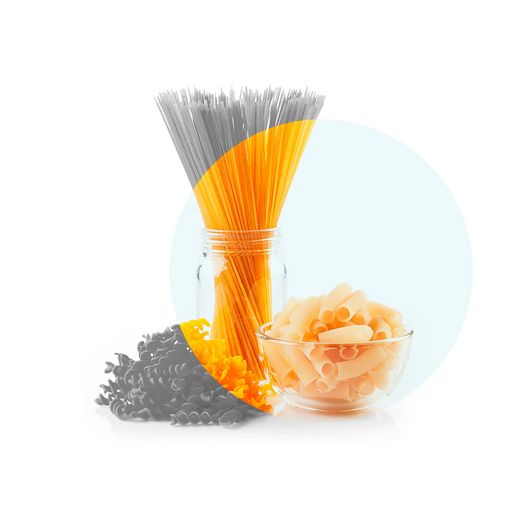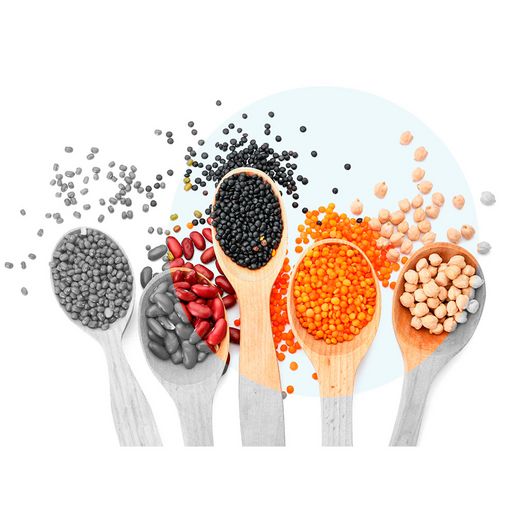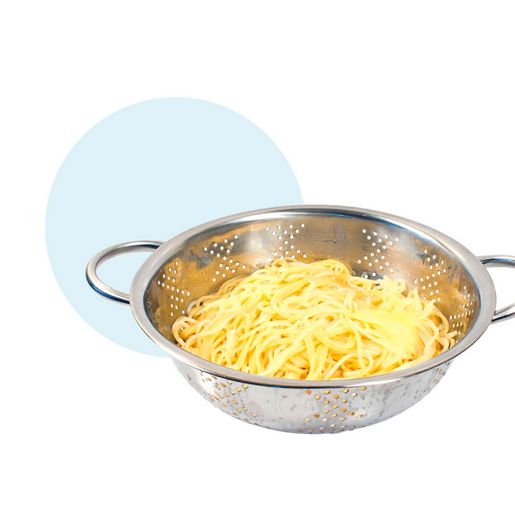Living gluten free
Your guide to nutrition and knowledge about coeliac disease
Are you on a gluten free diet and looking for tasty alternatives? Whether you have coeliac disease, gluten intolerance or simply want a gluten free diet - you've come to the right place! Discover gluten free products that taste great and offer a great alternative to wheat & co. So you can continue to enjoy your favorite dishes gluten free and delicious.
Good to know ...
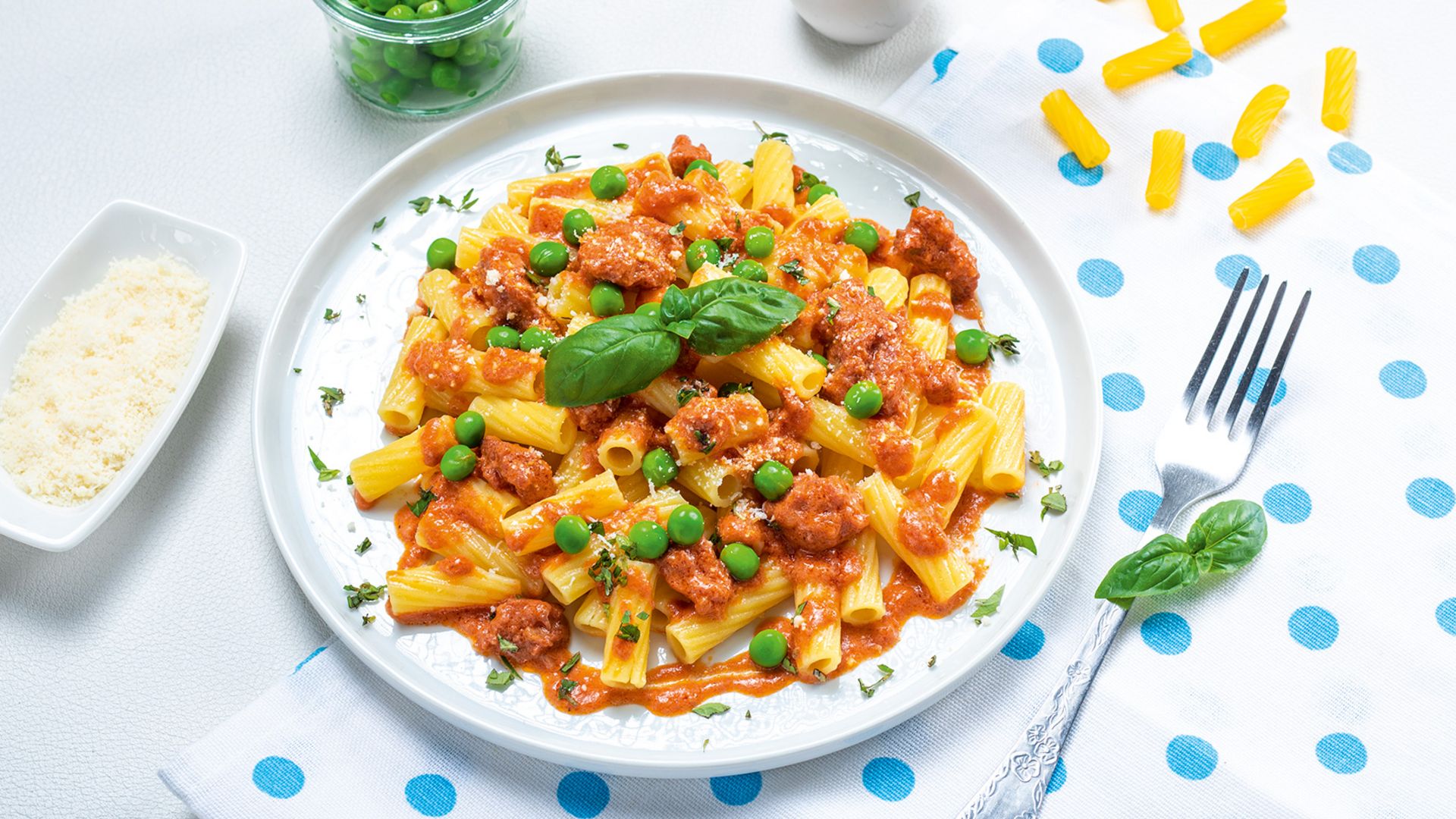

What ist gluten?
Gluten is a naturally occurring gluten protein found in grains such as wheat, spelt, barley and rye. In Germany, it is estimated that one in 111 people suffers from coeliac disease (KIGGS study, 2015), an autoimmune disease that makes it impossible to eat foods containing gluten.
Coeliac disease and its treatment
There is only one treatment for those affected: a lifelong, strict gluten free diet. Even the smallest amounts of gluten can trigger symptoms and damage the intestinal mucosa.
Glutensensitivity
In addition to coeliac disease, there is also (temporary) gluten sensitivity. This manifests itself through symptoms such as bloating, tiredness, headaches, muscle pain or diarrhea. A gluten free diet can lead to an improvement in symptoms. A visit to the doctor is nevertheless important in order to obtain a clear diagnosis.
Gluten free for everyone?
More and more people, even without medical necessity, are consciously opting for a gluten free diet or reducing their consumption of gluten-containing foods - whether for health or sporting reasons.
Good to know
Pasta
To quench gluten free pasta or not?
As is so often the case in gluten free cooking, the answer is: “It depends!” - namely what you intend to do with the pasta.
For pasta salad, the pasta should be quenched so that it doesn't overcook. As salad is eaten cold anyway, this is perfect.
Quenching is less popular for pasta dishes with a sauce, as the pasta is then no longer served hot. If you do, the pasta should be tossed briefly in oil after draining and served immediately to prevent it from becoming soft.
Italian cuisine fans cook gluten free pasta for only 3/4 of the specified time, rinse it and finish cooking it briefly in the sauce. This allows the sauce to soak into the pasta and it remains firm to the bite.
Gluten free spaetzle
Spätzle are particularly popular in southern Germany and have been enjoyed there in many variations since the 18th century - whether scraped, pressed or planed. They are also known in Hungary, Austria and Switzerland. The viscous dough, usually made from spaetzle flour, is characterized by a high egg content, which provides the binding.
But what about gluten free spaetzle? Making them is a challenge, especially because of the consistency. Knöpfle (a type of spaetzle) can be made with a gluten free flour mixture and plenty of egg. Shaved spaetzle, however, need additional binding agent to achieve the right texture. Important: The dough should be used immediately after mixing.
Why are there no gluten free spaetzle from Seitz? Unfortunately, it is not yet technically possible to perfect gluten free dough binding on our machines. But we'll keep at it and hope to give you better news soon. Until then: do it yourself! There will soon be a recipe using our light flour mix.
One-Pot Pasta
One-pot pasta is a quick and easy way to conjure up a pasta dish. Everything is cooked in one pot - saving time and washing up.
Two things are important for gluten free one-pot pasta:
- Since gluten free pasta often only has 3-4 minutes of cooking time, it should be added later if you're using longer-cooking vegetables like beans so they don't get too soft.
- Serve the pasta immediately! In the warm sauce, the pasta will continue to soak up liquid and become soft. One-pot pasta is therefore not suitable for reheating the next day.
Good to know
Eating
Pseudocereals
It's clear that pseudocereals are not “real” cereals. But why is it called that and what exactly does it mean? It refers to cereal-like seeds, i.e. seeds containing starch, which are not botanically classified as cereals, but are processed like cereals in the kitchen!
The biggest advantage for us is that they are all gluten free. But that's not all - compared to cereals, they contain more minerals such as iron, magnesium, potassium and calcium and have a higher proportion of complex carbohydrates, which keep you feeling full for longer, as well as a higher protein content. No wonder they are often referred to as superfoods! The best-known pseudocereals are buckwheat, quinoa, amaranth and chia. Whether cooked, puffed, as flakes or flour - these exotic grains are at least as versatile as conventional grains.
Unfortunately, the only catch is often their origin. Many of these so-called superfoods have come a very long way before they reach our tables because they do not grow optimally here. However, it is worth buying organic produce, as it contains fewer harmful substances and is better for the environment.
Legumes
Legumes have a high proportion of fiber and protein, as well as great other ingredients such as phytochemicals, zinc, iron and calcium. Vegans in particular should eat plenty of pulses to cover their protein requirements. Incidentally, the small fruits get their name from the fruit leaf in which they grow - the so-called pods. Well-known examples are lentils, chickpeas, beans and peas. Good to know: Corn is not typically a legume, as it belongs to the grass family and the corn kernels grow on a cob!
For coeliacs and non-coeliacs alike, pasta alternatives made from pulses are highly recommended. Due to the high fiber content, insulin levels do not rise so quickly after eating them, the feeling of hunger comes later and they therefore keep you full for a particularly long time. Thanks to the high protein content, you can also make great pasta without eggs. The only small “disadvantage” is that the lack of gluten means that the pasta cooks quickly when cooked and is less suitable for storing for the next day. Our professional pasta tip for all those who like their legume pasta al dente: the pasta should be drained when it is still clearly too hard and served immediately. The motto here is: The sauce waits for the pasta - and not the other way around!
Corn-free nutrition
Alongside rice and wheat, maize is one of the most important grains in the world and is therefore also widely used in gluten-free diets. Some coeliacs also have to avoid corn due to other intolerances. Others do this voluntarily - but why?
One reason may be the rejection of genetically modified maize. However, genetically modified foods in Europe must be labeled on the packaging! A look at the declaration on the back of the packaging will clarify this. It goes without saying that NO genetically modified raw materials are used in the Seitz gluten free range.
Another reason for the sometimes bad reputation of corn is actually based on a misconception: the corn flour used to make our pasta, for example, is not particularly high in calories, but only the widely used corn STARCH! This is made from the inside of the corn kernel - i.e. the pure starch body without the husk - and therefore consists almost entirely of carbohydrates. The body absorbs these and immediately converts them into energy, so that the sugar level rises very quickly. This is NOT the case with our corn pasta, for example, because they also contain the husk of the corn kernel and therefore important dietary fiber.
Is gluten free eating healthy?
This question cannot be answered with either “yes” or “no”. There are some sources in which a gluten free diet is classified as healthy because it often avoids ready-made products and tends to be cooked fresh. In the meantime, however, there are also many semi-finished/finished products in the gluten free sector that often contain lots of additives and, above all, a lot of starch - which does not necessarily speak for a healthy diet. From a nutritional point of view, a strict gluten free diet is only “healthy” for those who have to avoid gluten for health reasons. Whether a gluten free diet can improve the performance of athletes is highly controversial, especially among doctors.
Whether gluten-containing or gluten free, it is important to eat a balanced and varied diet. For some, this may seem easier if you can also fall back on gluten-containing foods - but there are so many other adjustments you can make!
Help yourself to the many different food groups. Plant-based foods should make up the largest proportion. In this country, for example, we have seasonal fruit and/or vegetables at any time of year, which provide us with the necessary vitamins, minerals and phytochemicals. Three handfuls of vegetables and two handfuls of fruit a day are ideal. If you choose gluten free substitute products, choose high-quality products that contain whole grains (e.g. teff or oats) to get enough fiber and avoid the rather unhealthy starch. Dairy products, meat, fish, sausage and eggs provide the body with high-quality protein as well as minerals and vitamins such as calcium, iron, zinc, selenium, iodine, various B vitamins and vitamin D. However, due to their high cholesterol and saturated fat content and for ecological reasons, animal products should only be consumed in moderation. However, those on a vegetarian or vegan diet should make sure that they get enough of these nutrients from other foods - especially for children in the growth phase.
It should be colorful and creative! Because then it doesn't matter whether products containing gluten are allowed on the menu or not.
Hidden calories
A “small” spoonful of sugar in coffee, which quickly multiplies the calorie content, or the “healthy” snack nuts, which often even exceed the calorie content of potato chips... on reflection, almost everyone is aware of these traps. However, we are often unaware of the calories that the food industry adds to semi-finished and finished products in order to improve the taste or save on more expensive foods. Here's the thing: it's in our genes that we like a sweet taste - which is why we can easily be tricked: In products with fruit, for example, sugar enhances the fruit flavor so that the more expensive fruit can be replaced with cheap sugar. In reduced-fat dairy products, more sugar is sometimes added to cover up the lack of creaminess with a fuller taste created by the sugar. So it's better to check the nutritional table once more, spend a little more money and buy high-quality products!
But there are also “special” hidden calories in the gluten-free range: A great many baked goods and mixes consist largely of inexpensive starches such as corn (i.e. the “normal” cornstarch), tapioca or rice and only a very small proportion of wholemeal flours. Most people prefer the taste of light flour to wholemeal flour. In order to “recreate” this gluten free taste in a flour mixture, large quantities of starch are used. Unfortunately, however, it must be said that starch contains almost no fiber - in comparison to whole grain flours, which contain all the fiber of the grain. If you look at the calorie content between wholemeal flour and starch, there are no clear differences. BUT the higher fiber content in whole grain products keeps you full for much longer. This means that when you eat products with a high starch content, you eat more and therefore consume more calories... If you want to avoid this trap, you can make your own flour and baking mixes from pure flours.
Coconut
With today's usual diet, hardly anyone reaches the ideal daily requirement of 30 g of fiber. So it's worth reaching for coconut flour. One tablespoon of coconut flour (=15 g) contains a whole 5 g of fiber! Compared to other gluten free foods with a high fiber content, such as linseed or bran, coconut flour also has far fewer calories.
Smoothie
With a healthy diet, you can strengthen your immune system and protect yourself against “common” colds, for example. Smoothies are a great way to get as many nutrients and lots of energy as quickly as possible - and as tasty as possible. Popular basic ingredients for the cold blended drink with a creamy consistency are banana and avocado, but you can add whatever you have in your cupboard to give it a personal touch.
Smoothies use natural, unprocessed foods without industrial additives such as salt, fat or sugar. Leftover, wrinkly fruit and vegetables that are still too good to throw away are given a second chance and prevent food waste. By pureeing, the nutrients - vitamins, minerals, fiber and antioxidants - in smoothies are present in such a way that the body can absorb them quickly and easily. Can I make smoothies in advance? Yes! We recommend storing them in a cool place away from light. However, plastic bottles and aluminum containers change the taste of smoothies if they are stored for longer than 24 hours.
Alternatively, you can freeze either the chopped fruit and vegetables or the finished smoothie. The only thing to bear in mind here is that defrosting releases additional water, making everything a little “thinner”. However, pre-packaged frozen products sometimes contain added sugar, preservatives, colorings and other additives. It is therefore better to check the ingredients list again.
And the catch? Blending the fruit eliminates fiber, which is important for your digestion. Your fruit and vegetable meals should therefore not be completely replaced by smoothies. In addition, the brain receives little to no satiating signals due to the liquid consistency. And as with almost everything, smoothies are better in moderation than in excess! Smoothies (and raw fruit and vegetables in general) should be avoided, especially after heavy meals rich in protein and fat or before going to bed. Otherwise the fruit can ferment happily and cause flatulence and digestive problems.
By the way... the consistency of smoothies can be adjusted by adding coconut flour or water. Have fun blending!







